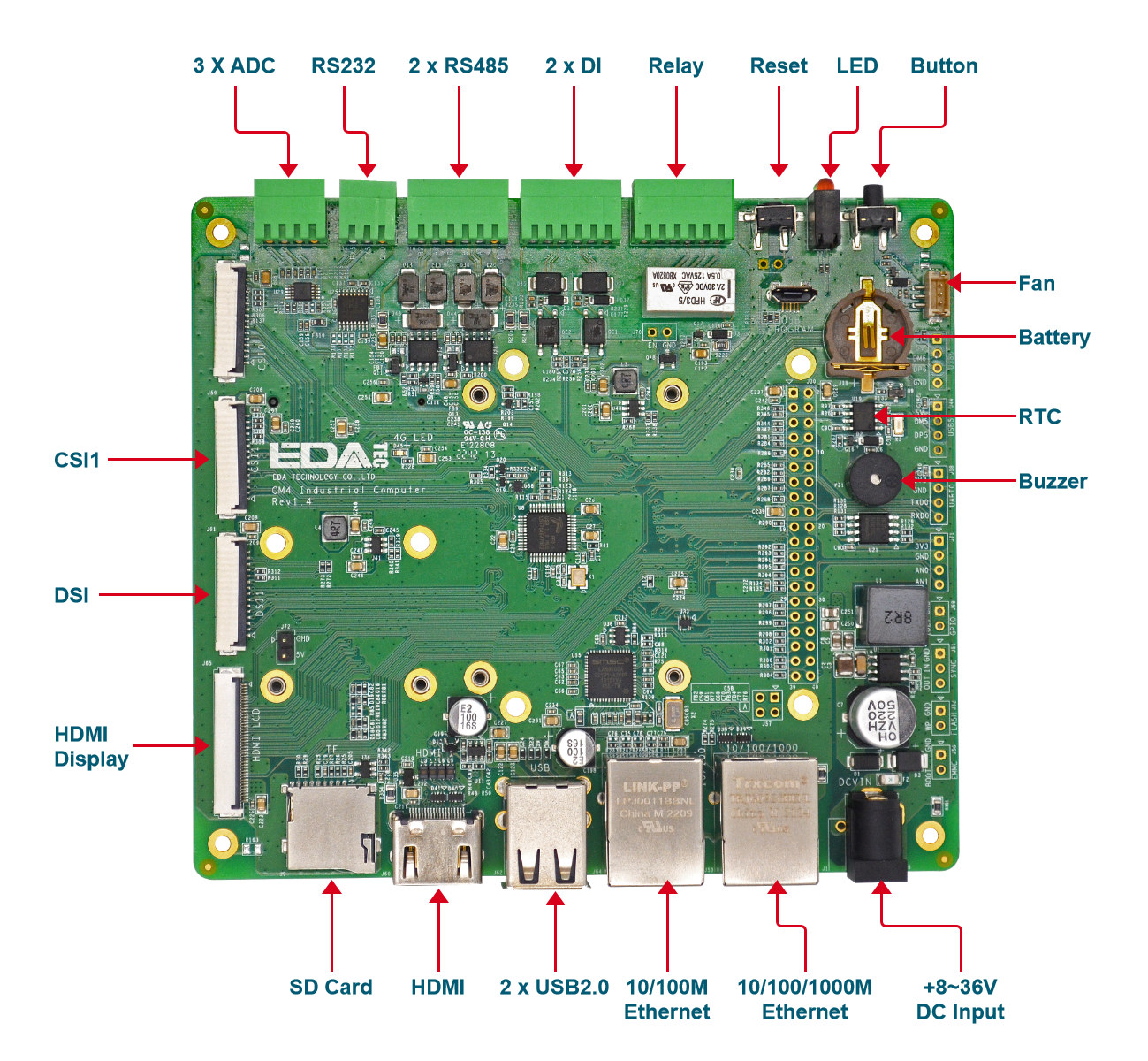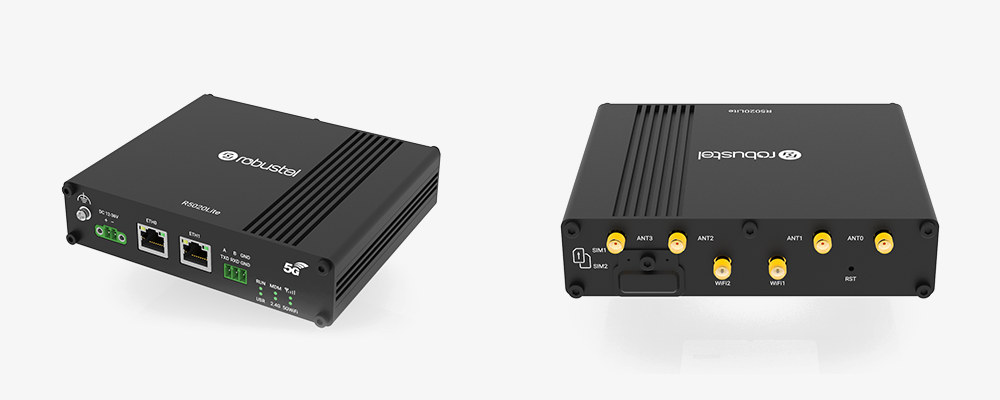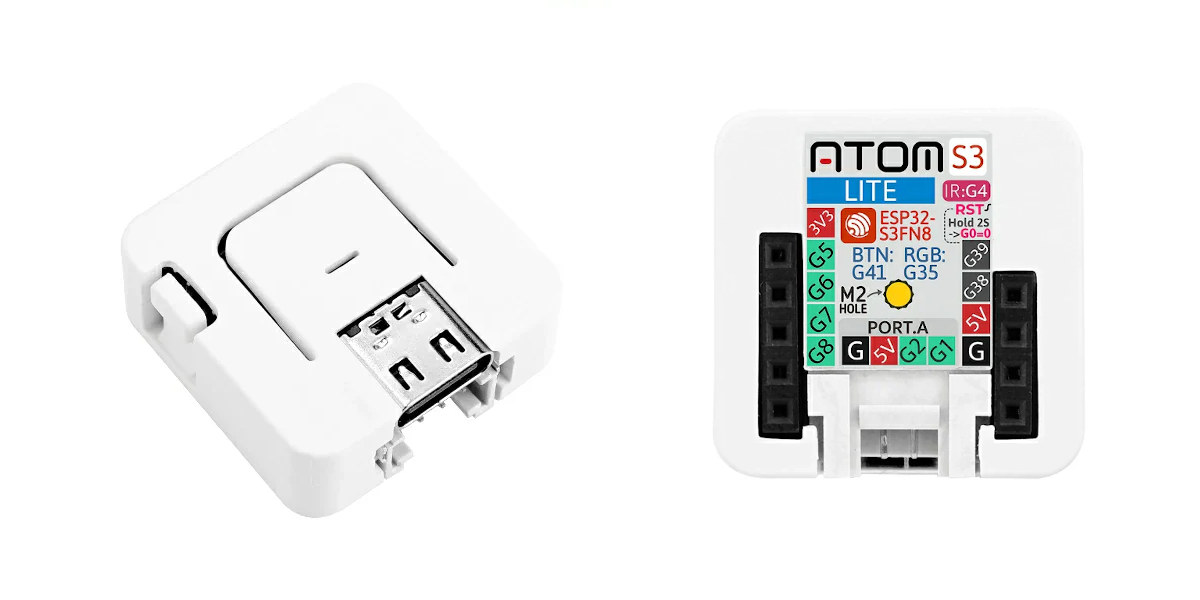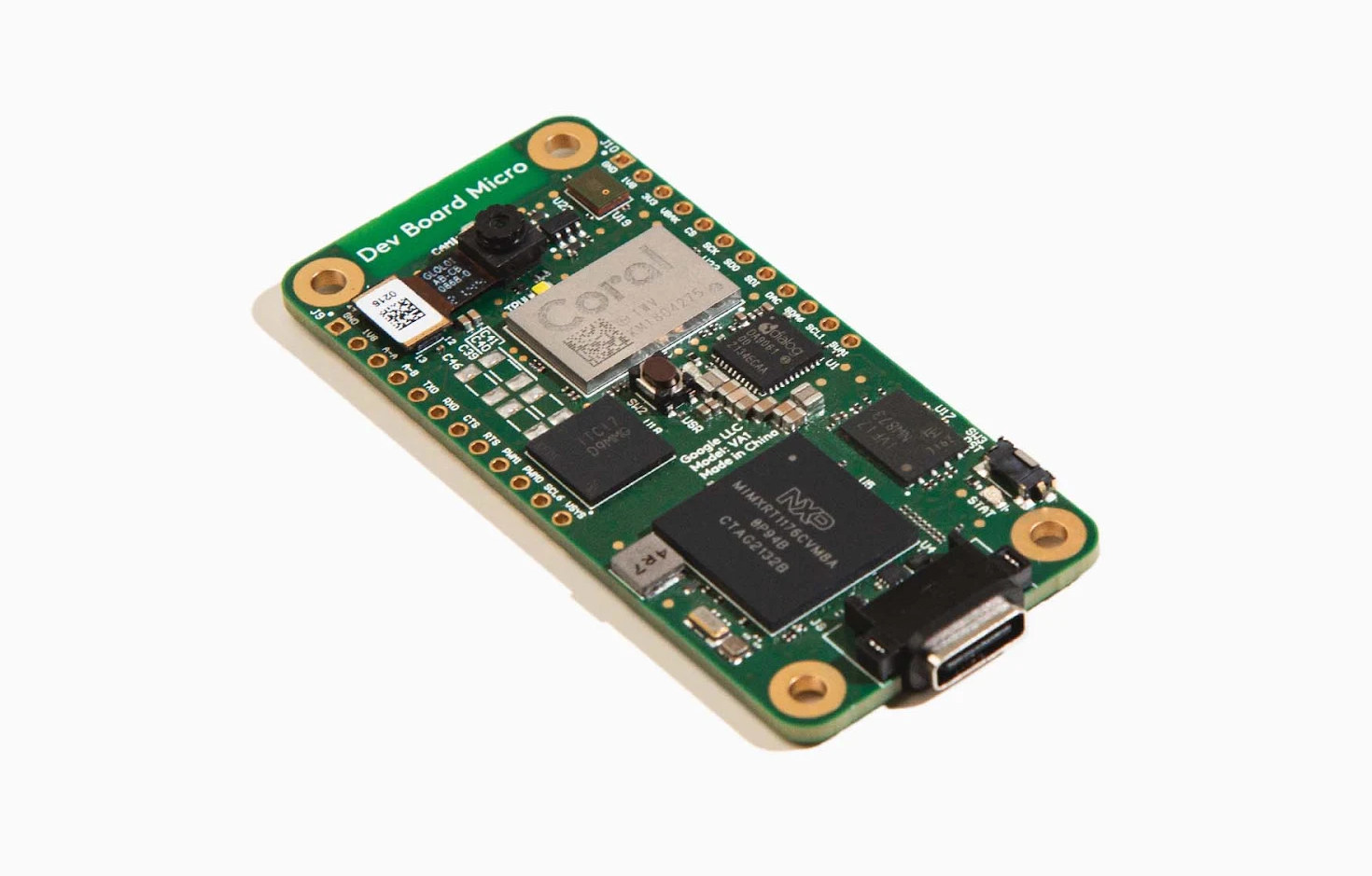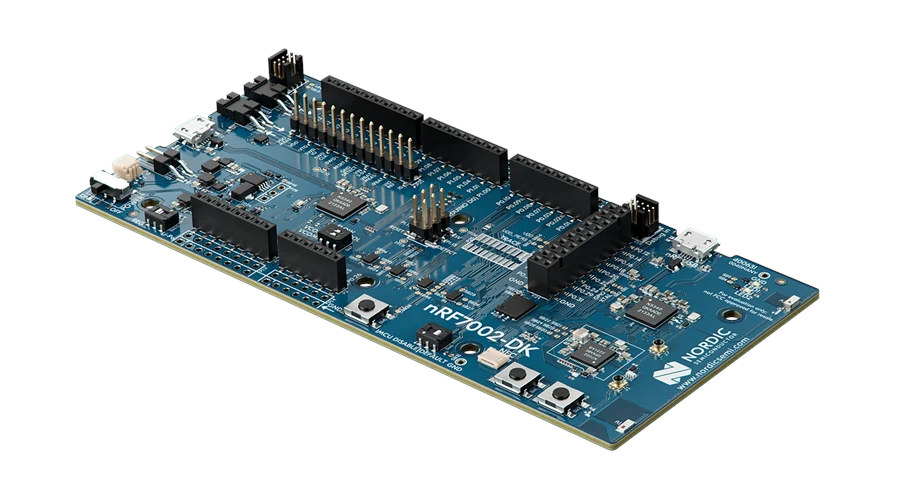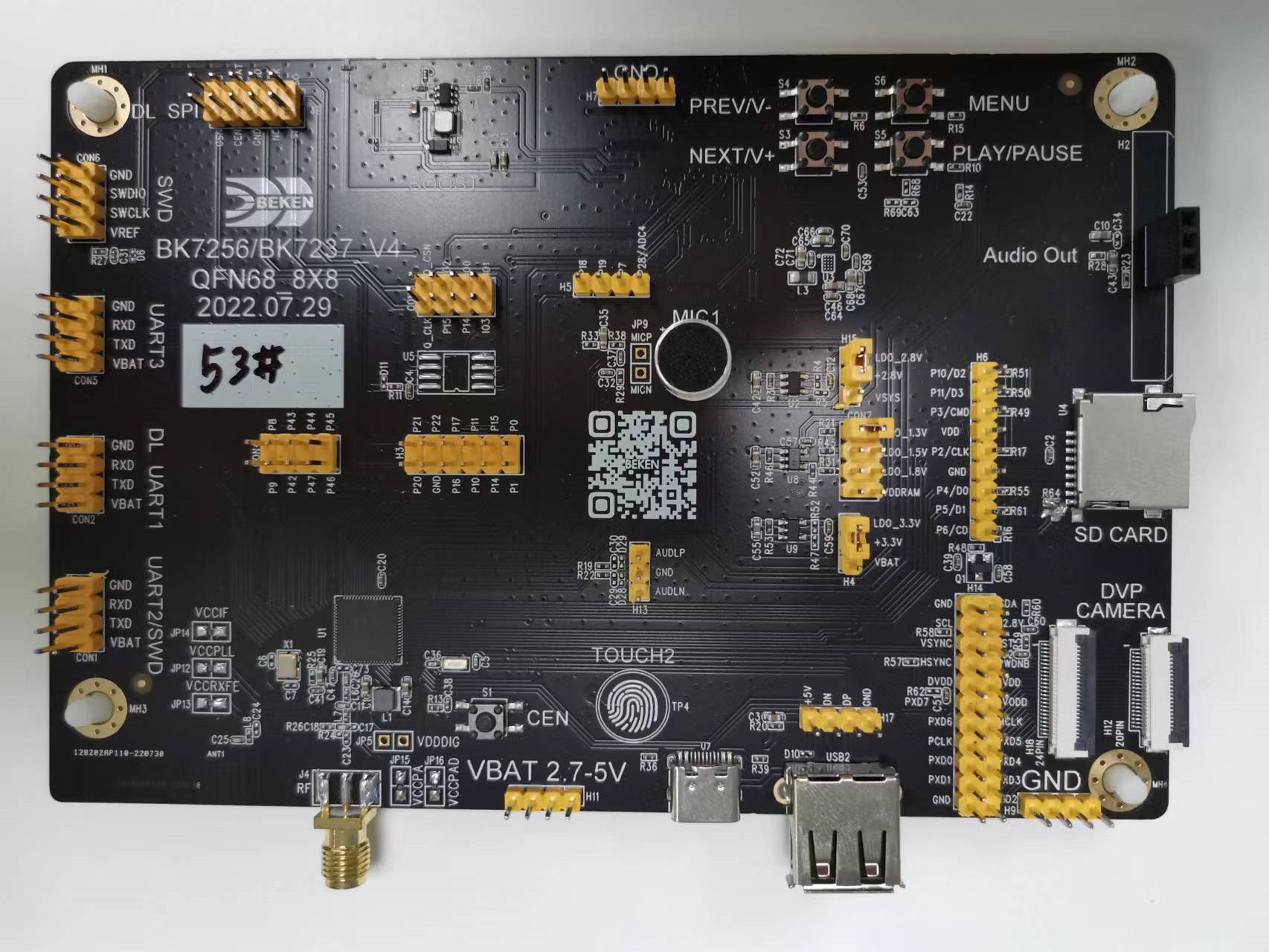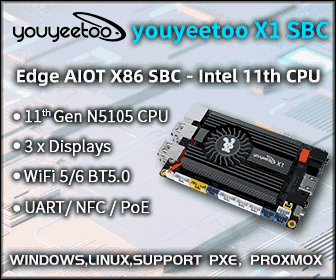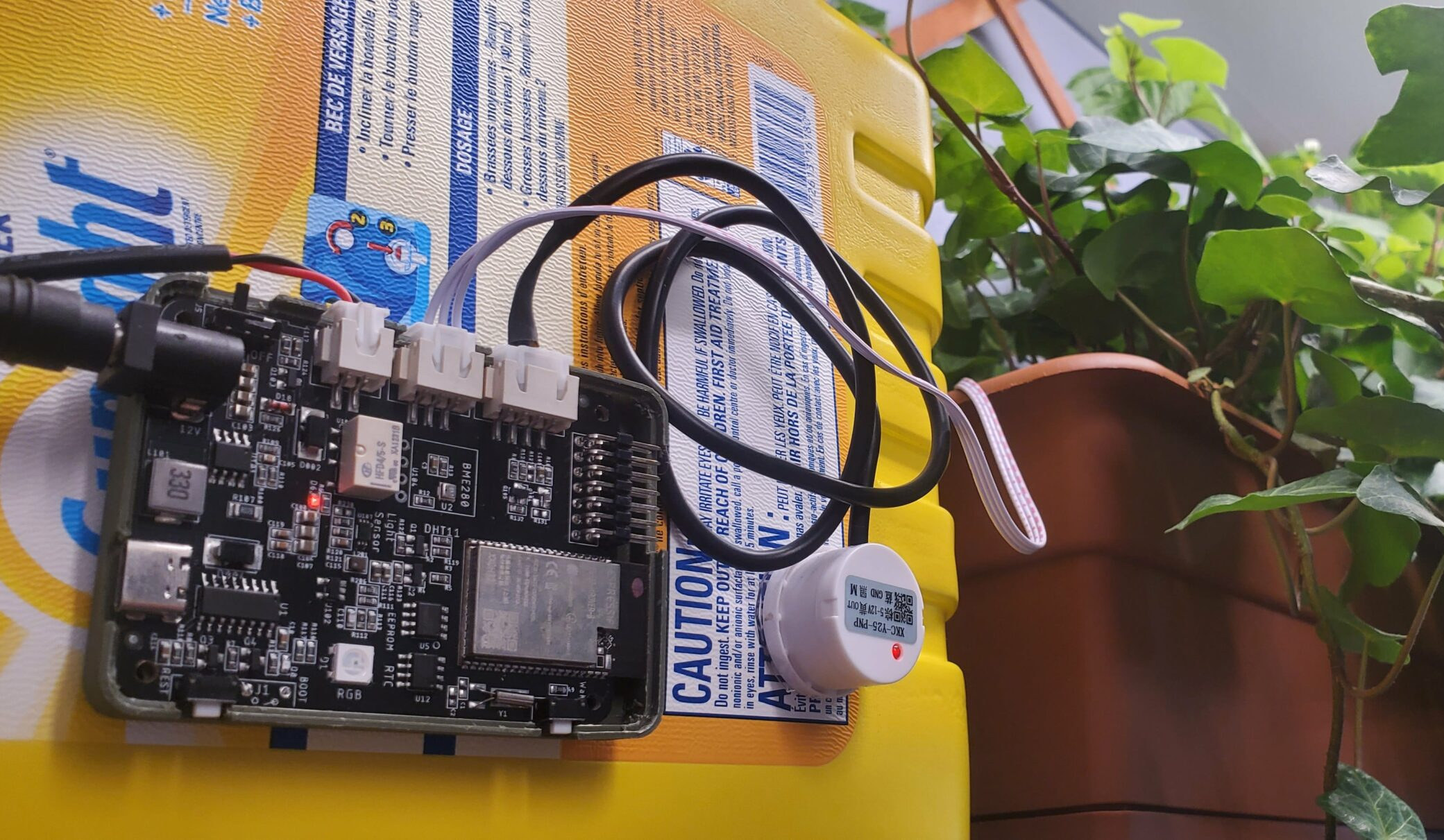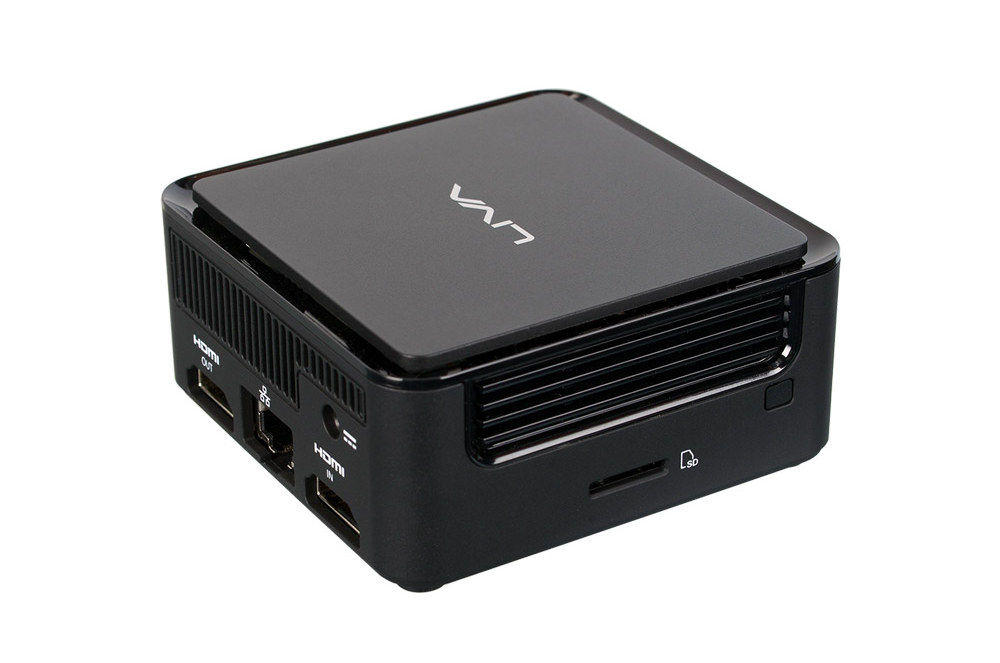EDATEC CM4 Industrial is both a Raspberry Pi CM4 carrier board and a computer for industrial IoT, control, and automation that expands on the company’s CM4 Sensing and CM4 Nano solutions with more features and interfaces. The system notably offers two RS485, one RS232, three analog inputs, two digital inputs, and one relay output through terminal blocks, as well as optional WiFi, Bluetooth, and 4G LTE + GPS connectivity, and a wide DC voltage range of 8V to 36V. EDATEC CM4 Industrial specifications: SoM – Raspberry Pi CM4 module with SoC – Broadcom BCM2711 quad-core Arm Cortex-A72 processor @ 1.5GHz with VideoCore Vi GPU supporting OpenGLES 3.1, Vulkan 1.x, H.265 (HEVC) (up to 4Kp60 decode), H.264 (up to 1080p60 decode, 1080p30 encode) System Memory – 1GB, 2GB, 4GB, or 8GB LPDDR4-3200 SDRAM Storage Optional 8GB/16GB/32GB eMMC flash for system boot MicroSD card slot for booting the system on a Raspberry […]
Robustel R5020 Lite 5G router targets industrial applications
Robustel R5020 Lite is an industrial 5G router with 4G LTE Cat 18 fallback, two Gigabit Ethernet ports and WiFi 5 connectivity, as well as features such as an RS232 or RS485 serial port, wide 12-36V DC power input, and support for an extended temperature range. The company says the R5020 Lite is especially well suited for “Enterprise / SD-WAN applications as a ‘5G managed modem’”, and it can also be used as a backup for fixed line broadband, for primary broadband access, as well as for Industrial IoT (IIoT) applications like industrial automation, autonomous robots, and Smart Transportation applications. Robustel R5020 Lite 5G router specifications: SoC – Undisclosed System Memory – “Available for SDK”: 128MB RAM Storage – “Available for SDK”: 5MB flash Connectivity Cellular – 5G/4G/3G Global frequency bands 5G: NR SA/NSA: n1/n2/n3/n5/n7/n8/n12/n13/n14/n20/n25/n26/n28/n29/n30/n38/n40/n41/n48/n66/n71/n75/n76/n77/n78/n79 4G LTE FDD: B1/B2/B3/B4/B5/B7/B8/B12/B13/B14/B17/B18/B19/B20/B25/B26/B28/B29/B30/B32/B66/B71 LTE TDD: B34/B38/B39/B40/B41/B42/B43/B48 LAA: B46 (only supports 2 x 2 MIMO) […]
M5Stack ATOMS3 Lite is a tiny ESP32-S3 IoT controller with WiFi, Bluetooth, and an infrared transmitter
ATOMS3 Lite is the latest ESP32-S3 IoT platform from the M5Stack Atom series wireless programmable controllers, doing without the 0.85-inch display and IMU sensor found in the ATOM S3 development kit simply using an RGB LED instead. M5Stack ATOM S3 Lite features the ESP32-S3FN8 WiFi and Bluetooth SoC with 8MB SPI flash, an infrared transmitter, a USB-C port for power and programming, a few I/O pins, user and reset buttons all in just a 24x24x9.5mm housing. ATOMS3 Lite specifications: Wireless MCU – Espressif Systems ESP32-S3FN8 dual-core 32-bit Xtensa LX7 microcontroller with AI vector instructions up to 240MHz, RISC-V ULP co-processor, 512KB SRAM, 2.4GHz WiFi 4 (802.11b/g/n), Bluetooth 5.0 BLE + Mesh, 8MB flash Antenna – Internal “3D” antenna Expansion 9x pins with G5, G6, G7, G8, G38, and G39 GPIOs, 5V, 3.3V, and GND 4-pin Grove connector Misc IR LED (infrared transmitter/blaster) WS2812B-2020 RGB LED Reset and user buttons M.2 […]
Coral Dev Board Micro combines NXP i.MX RT1176 MCU with Edge TPU in Pi Zero form factor
Coral Dev Board Micro is the latest iteration of Google’s Edge AI devkit with an NXP i.MX RT1176 Cortex-M7/M4 crossover processor/microcontroller coupled with the company’s 4 TOPS Edge TPU, a camera, and a microphone in a board that’s about the size of a Raspberry Pi Zero SBC. The new board follows the original NXP i.MX 8M-based Coral Dev board that was introduced in 2019, and Coral Dev Board mini based on MediaTek MT8167S processor launched in 2020, and keeps with the trend of providing more compact solutions with lower-end host processors for edge AI. Coral Dev Board Micro specifications: MCU – NXP i.MX RT1176 processor with an Arm Cortex-M7 core @ up to 1 GHz, Cortex-M4 core up to 400 MHz, 2MB internal SRAM, 2D graphics accelerators; System Memory – 512 Mbit (64 MB) RAM Storage – 1 Gbit (128 MB) flash memory ML accelerator – Coral Edge TPU coprocessor […]
Nordic Semi nRF7002 DK low-power dual-band WiFi 6 IoT development kit launched for $56 and up
Nordic Semi nRF7002 DK is an IoT development kit based on the nRF5340 dual-core Cortex-M33 multi-protocol wireless SoC and nRF7002 companion chip adding low-power dual-band (2.4GHz and 5.0 GHz) WiFi 6 connectivity. When Nordic Semi introduced the nRF7200 dual-band WiFi 6 companion chip for nRF52840 and nRF5340 wireless SoCs and nRF9160 cellular IoT SiP last summer, the “nRF7002-PDK” development kit was only mentioned in passing with a 3D render and not much else. The company has now announced the availability of the nRF7002 DK to help developers create low-power Wi-Fi 6 IoT applications. nRF7002 DK specifications: Wireless MCU – Nordic Semi nRF5340 dual-core Arm Cortex-M33 microcontroller @ 128/64 MHz with 1 MB Flash + 512 KB RAM for the application core and 256 KB Flash + 64 KB RAM for the network core, Bluetooth 5.1 LE with direction-finding support, Bluetooth mesh, NFC, Thread, Zigbee, 802.15.4, ANT, and 2.4 GHz proprietary […]
Beken BK7256 320 MHz dual-core RISC-V IoT MCU offers WiFi 6, Bluetooth 5.2, JPEG video encoder/decoder
Until now, I had only heard about Beken Bluetooth audio chips, but I’ve just been informed the company is also making WiFi chips such as the BK7256 that are notably found in some Tuya Smart Home modules. Beken offers both RISC-V and Arm WiFi and Bluetooth chips with features summarized as follows: BK7235 single-core RISC-V MCU up to 320 MHz with 2.4 GHz WiFi 6 802.11ax and Bluetooth 5.2 LE, 4MB flash, 512KB SRAM, optional 4MB PSRAM BK7236 dual-core Arm MCU up to 120 to 240 MHh with 2.4 GHz WiFi 6 802.11ax and Bluetooth 5.3 dual mode, 4MB flash, 512KB SRAM, optional 4MB PSRAM BK7237 dual-core RISC-V MCU up to 320 MHz with 2.4 GHz WiFi 6 802.11ax and Bluetooth 5.2 dual mode, 4 or 8MB flash, 512KB SRAM, optional 4MB PSRAM BK7256 dual-core RISC-V MCU up to 320 MHz with 2.4 GHz WiFi 6 802.11ax and Bluetooth 5.2 […]
Eduponics Mini v2.0 Smart Agriculture IoT kit gets more flash, new sensors, 4-channel valve board (Crowdfunding)
Eduponics Mini v2.0 is a Smart Agriculture IoT kit based on the ESP32 wireless microcontroller with built-in sensors to measure temperature, humidity, barometric pressure, and ambient light, and interfaces to connect water level and soil moisture sensors. The new board builds upon the Eduponics Mini introduced two years ago, but based on the 8MB flash version of the ESP32-WROVER-B module, a different mix of sensors, a BM8563 RTC module replacing the DS1307 RTC chip, and the addition of Grove connectors for external sensors from companies such Elecrow. Eduponics Mini v2.0 specifications with highlights in bold or strikethrough showing the differences with the first revision of the board: Wireless module – ESP32-WROVER-B module with ESP32 Wi-Fi and Bluetooth SoC, 8MB QSPI flash loaded with MicroPyhon firmware, 8MB SPRAM, PCB antenna Built-in sensors BH1750 I2C light sensor Footprint for BME280 I2C temperature, humidity, and barometric sensor QMP6988 I2C Barometric air pressure sensor […]
ECS LIVA Q3H mini PC targets video conferencing with HDMI output and input ports
ECS LIVA Q3H is a pocket-sized mini PC with a Jasper Lake mini PC and the company says it is especially suited to video conferencing applications thanks to HDMI output and input ports enabling users to connect it with a guest PC and easily add it to a meeting. The mini PC is equipped with an Intel Pentium Silver N6000, Celeron N5100, or Celeron N4500 processor, comes with up to 4GB RAM and 128GB storage, supports Ethernet and WiFi 5 networking and offers a few USB 3.2/2.0 ports for peripheral expansion. LIVA Q3H mini PC specifications: Jasper Lake SoC (one or the other) Intel Celeron N4500 dual-core processor @ 1.1GHz / 2.8GHz (Burst frequency) with Intel UHD graphics; 6W TDP Intel Celeron N5100 quad-core processor @ 1.1GHz / 2.8GHz (Burst frequency) with Intel UHD graphics; 6W TDP Intel Pentium N6000 Silver quad-core processor @ 1.1 GHz / 3.1GHz (Burst frequency) […]


